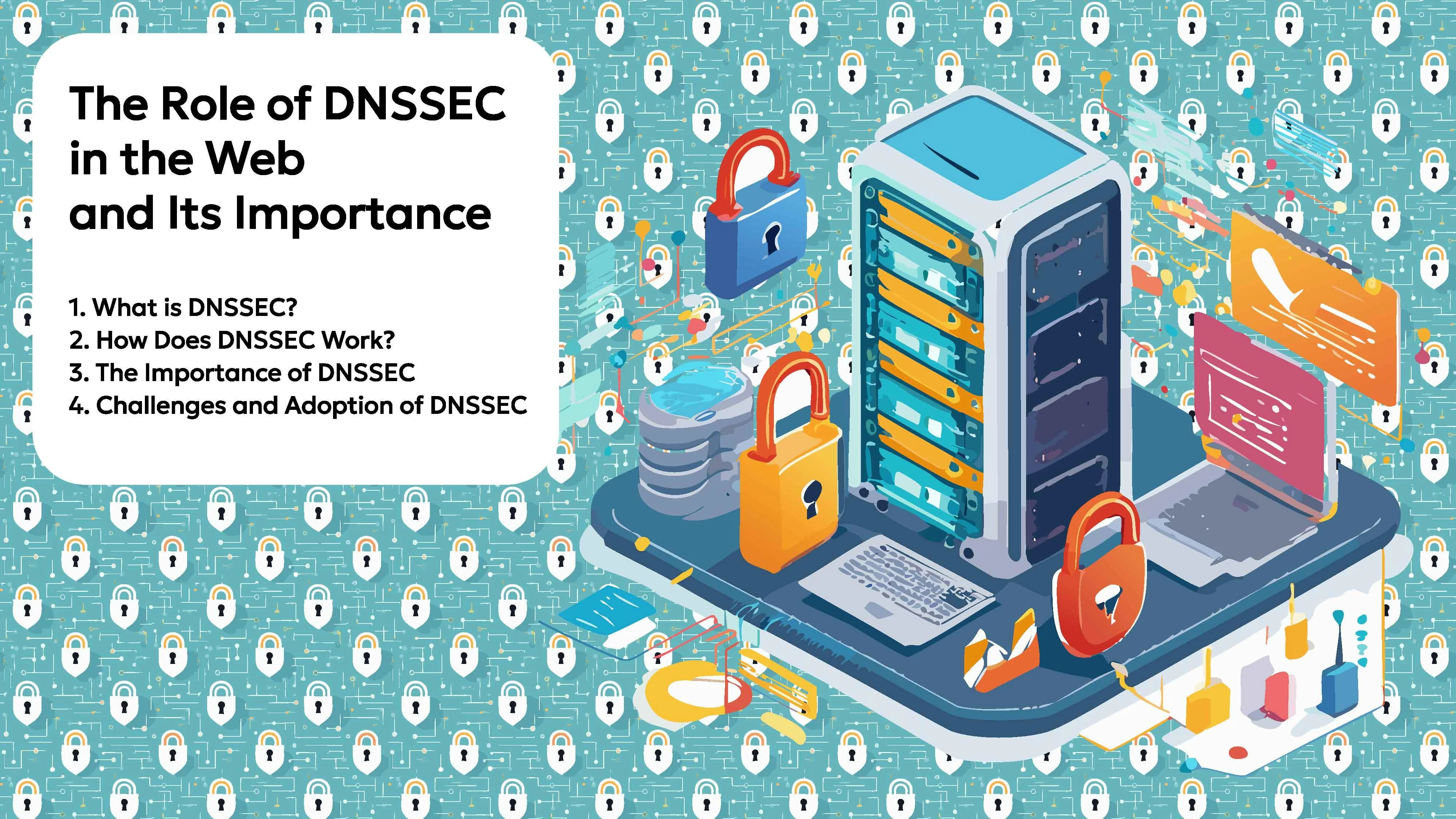The Domain Name System (DNS) is one of the foundational technologies of the internet, responsible for translating human-readable domain names (example.com) into IP addresses (192.0.2.1) that computers use to identify each other on a network. However, as essential as DNS is, it was originally designed without any security mechanisms, making it vulnerable to various attacks like DNS spoofing and cache poisoning. This is where DNSSEC (Domain Name System Security Extensions) comes to provide a crucial layer of security to DNS.
What is DNSSEC?
DNSSEC is a suite of specifications developed to secure information provided by the DNS. It does this by ensuring that the responses to DNS queries are authentic and have not been tampered with. DNSSEC achieves this through the use of digital signatures and public key cryptography. When a DNS record is queried, DNSSEC enables verification that the information returned is valid and unchanged from the original source.
How Does DNSSEC Work?
DNSSEC employs public key infrastructure (PKI) to verify the authenticity of DNS responses. Here's a simplified breakdown of how it works:
- Key Pairs: Each DNS zone is equipped with a pair of cryptographic keys a public key and a private key. The private key is used to sign DNS data (such as A, AAAA, and MX records), while the public key is published in the DNS so resolvers can verify the signature.
- Signatures: When a user queries a domain, the DNS server responds with the requested record (IP address) along with a digital signature. The signature is generated using the private key.
- Verification: The resolver, which is typically a server managed by an ISP, retrieves the public key for the domain and uses it to verify that the digital signature matches the data. If the signature is valid, the resolver knows the DNS response hasn’t been altered.
- Chain of Trust: DNSSEC also relies on a chain of trust. At the top of the DNS hierarchy is the root zone, which is signed by ICANN. This ensures that any queries for domains below the root (such as .com or .org) can be verified by following a chain of signed data down the hierarchy.
The Importance of DNSSEC
- Prevents DNS Spoofing and Cache Poisoning: One of the primary benefits of DNSSEC is its ability to prevent attacks where malicious actors attempt to poison the DNS cache or spoof DNS responses. In these attacks, users are redirected to fraudulent websites, often without knowing it. DNSSEC ensures that DNS responses are authentic and come from the correct source.
- Enhances Internet Trust: By adding an additional layer of trust to DNS responses, DNSSEC helps improve the overall security and reliability of the internet. Users can be more confident that the sites they visit are legitimate, reducing the risk of phishing and other types of cyberattacks.
- Supports Emerging Security Protocols: DNSSEC lays the foundation for other internet security protocols, such as DANE (DNS-based Authentication of Named Entities). DANE uses DNSSEC to enable secure email exchanges and to bind TLS certificates, further enhancing the security of online services.
- Critical for E-commerce and Financial Transactions: In sectors like e-commerce and online banking, where trust and data integrity are paramount, DNSSEC plays a vital role in ensuring that customers can safely interact with websites and services without falling prey to man-in-the-middle attacks.
- Integral to IoT Security: As the Internet of Things (IoT) grows, the need for a secure and scalable DNS infrastructure becomes more pressing. DNSSEC provides a framework for securing IoT devices that rely on DNS for communication.
Challenges and Adoption of DNSSEC
While DNSSEC is a critical security enhancement, its adoption has been relatively slow due to several challenges:
- Complexity: DNSSEC implementation requires careful configuration and key management. DNS administrators must generate and store cryptographic keys securely, a process that adds complexity compared to traditional DNS. Even a small mistake could lead to a critical connection issue.
- Resource Intensive: DNSSEC adds additional DNS record lookups for verification, which can increase the load on DNS resolvers and add latency to DNS queries. However, with improvements in DNS resolver performance, this impact is generally minimal for end-users.
- Compatibility Issues: In the early days of DNSSEC, there were concerns about compatibility with older DNS resolvers and systems. Although modern DNS resolvers support DNSSEC, legacy systems may still struggle with the transition.
Despite these challenges, DNSSEC adoption has been increasing, driven by the need for more secure and resilient internet infrastructure. Many top-level domains (TLDs) like .com, .org, and even country-code TLDs (such as .uk and .de) are now DNSSEC-enabled, and major organizations, including government agencies and financial institutions, are adopting DNSSEC to safeguard their users.
In an increasingly digital world where cyber threats are ever-present, DNSSEC provides a vital layer of security to the DNS, ensuring that users can trust the information they receive. Although DNSSEC implementation may come with some challenges, its importance in preventing attacks and bolstering trust on the web cannot be overstated. As more organizations embrace DNSSEC, the internet will become a safer and more reliable place for everyone.





